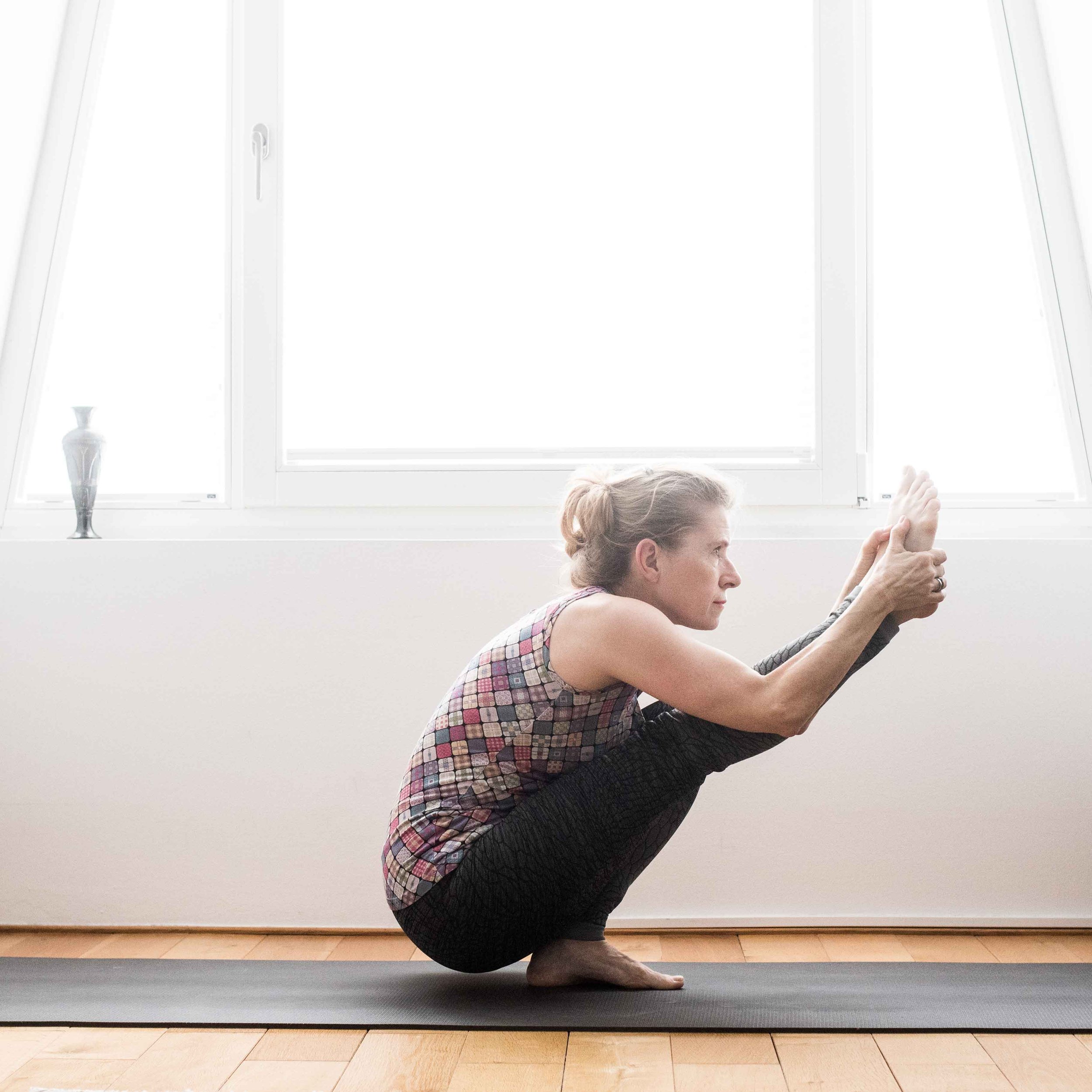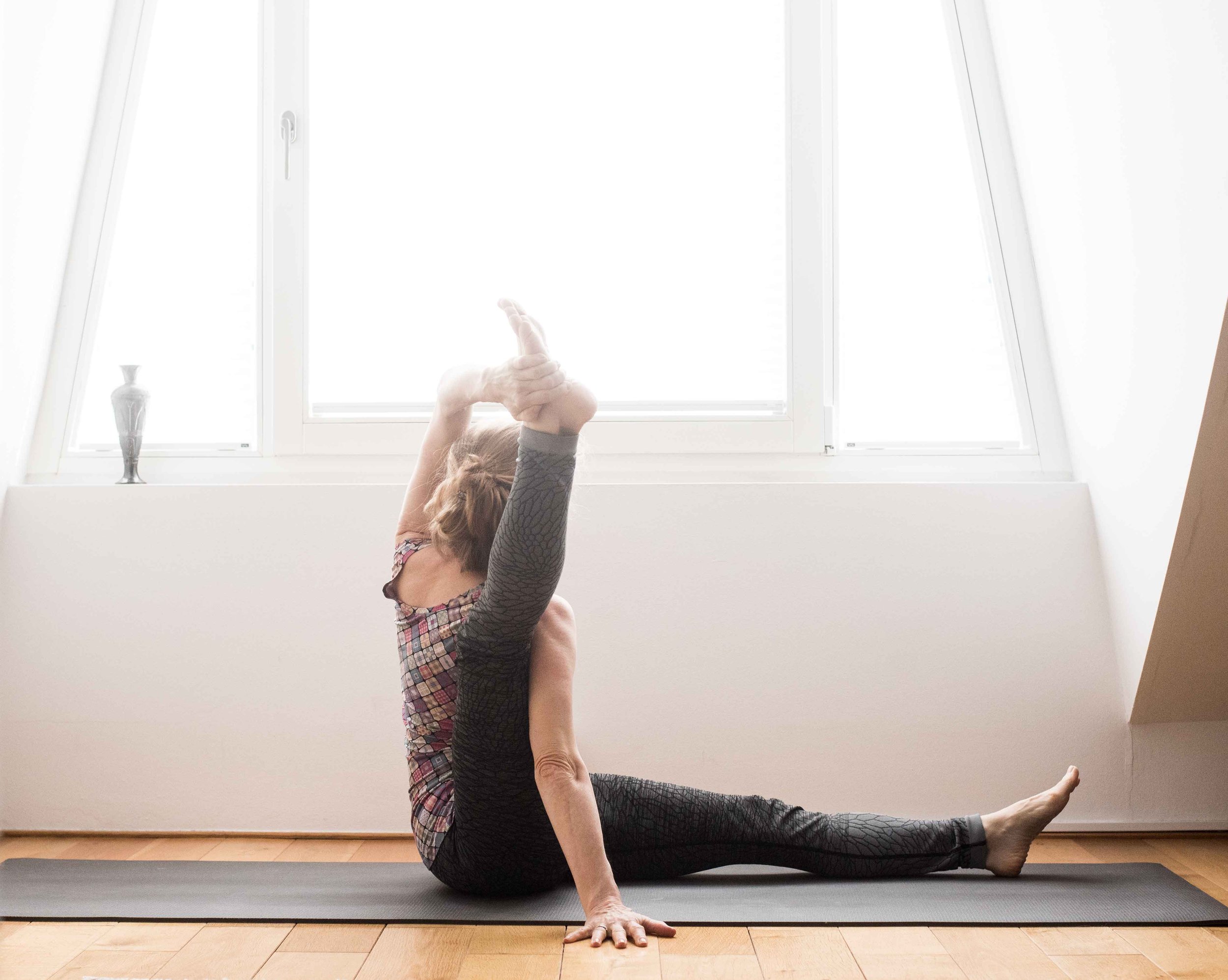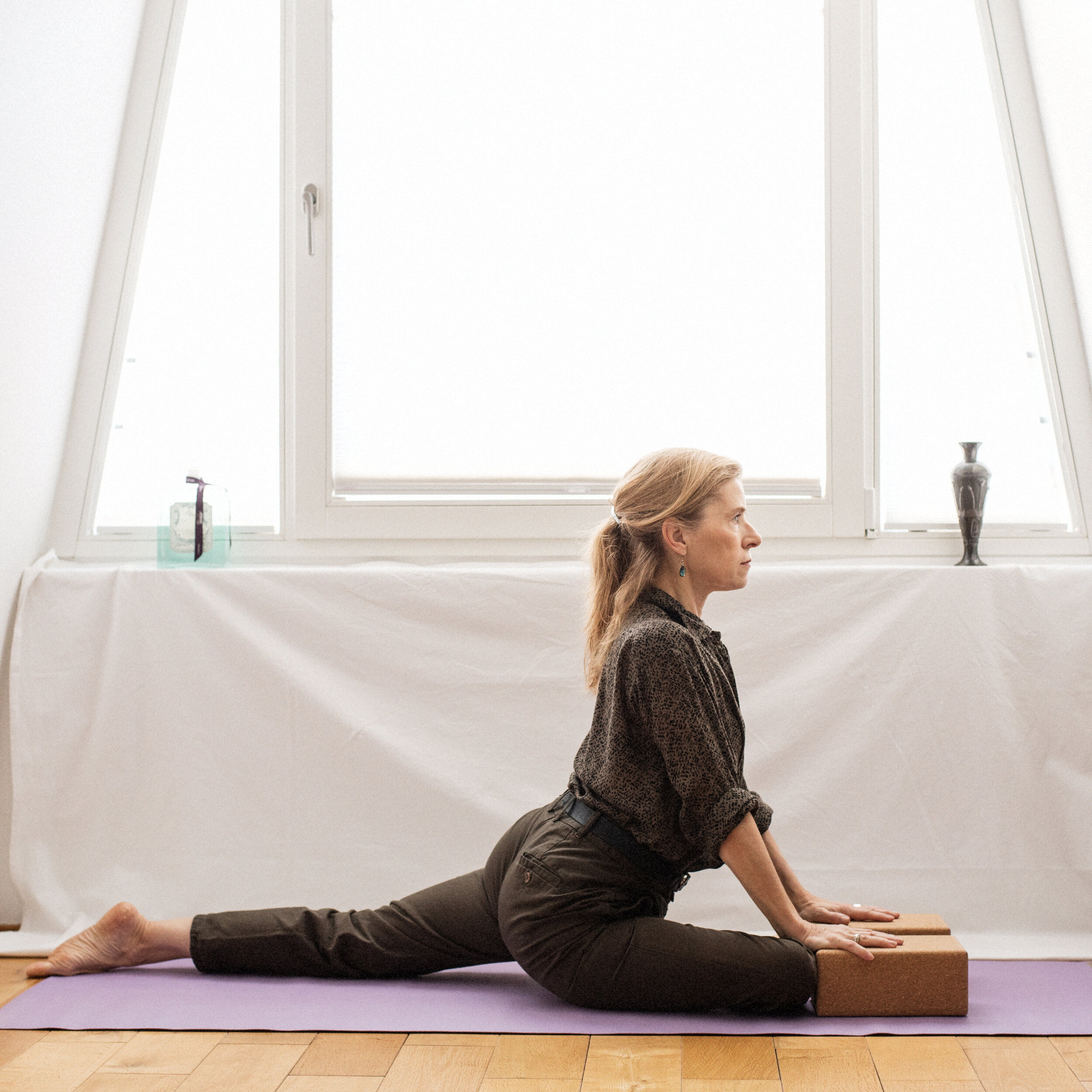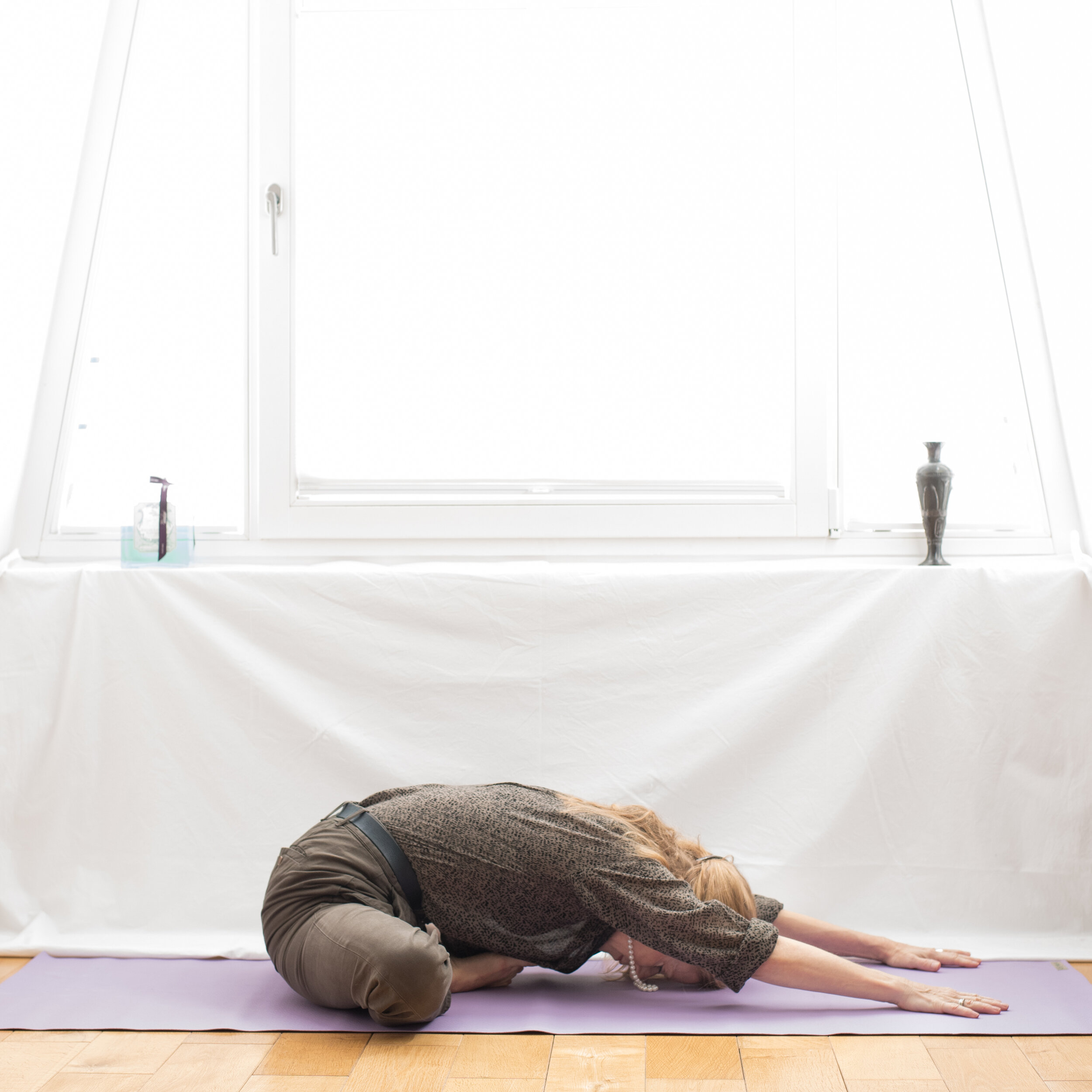Splits - anatomy of the hips
The hips are a ball and socket joint. The human body has two ball joints. The second ball joint is the shoulders.
All other joints are constructed differently, even those that allow great mobility, such as the ankle or wrist.
When we practice the splits, we practice on the mobility of the hips. From the anatomy, a lot is possible. Most have a lot of potential to increase their mobility. Only, who uses their potential to the full?
The opposite is the case. Most people sit most of the time. Over time, standing becomes a problem. Older people often walk bent forward because they can no longer properly extend the hip flexor. This often results in back problems as well.
The great strength of our body is adaptability. If people do not move, then they become weaker, mobility decreases. The reverse is also true, however, that man can become more mobile and stronger if he exercises the body.
Let's work on what is possible. Our anatomy allows the split forward and to the side.
In addition to the hips, the back leg muscles are also stretched.
The S-curve of the spine is emphasized.
The first step to being able to perform an asana is understanding that it is possible. Knowing that the hip is a ball and socket joint is an important realization for this.
However, it is also important to know that the legs can only be extended far out to the side when the back is hollowed. Samakoanasana is easier to perform when the legs rotate externally.
It's not just looking and following along. Even that is difficult. But one only perceives the external form. The inner work does not remain visible. In the splits, the legs pull toward the center of the body rather than outward. The execution of the asanas becomes easier when we understand them. What is the anatomy? Which muscles should be contracted? In which direction does the energy go. How do you get into an asana and how do you leave it?
Any 'knowledge' should be taken with a grain of salt. It is always only the current state of knowledge we are talking about.
To the pictures:
Any pose that, stretches the hamstrings and expands the mobility of the hips, also helps to learn the splits.
Gravity training
I joint a workshop offered by Lucas (Yogabody). He focuses on gravity training. The course I booked concentrates on hip opening.
I’m very much interested in the method. I had already bought another course and I realized how effective the method is. Especially the stretching that aimed at the upper body and shoulders helped me a lot in my regular Ashtanga practice.
I’m curious which positions are introduced during the coming 21 days. I checked them already as we got also access to former videos. To see a position and to do it is a difference. Another huge difference is to hold an asana up to 5 minutes. This is a crucial part of the method. Holding positions for a long time is effective and that’s what the course is about.
The gravity method in sum:
Let gravity work for you. It’s rather passive stretching. To relax in a position is important.
The breath helps to relax. Exhaling is double as long as inhaling. One shall exhale through the mouth, but exhaling through the nose is also possible.
The positions are held up to 5 minutes.
A warm up is not necessary.
A very good time for the stretching exercises is the evening before bed time. The exercises are like a sleeping pill. There are positions of another course by Lucas that make me even sleep while I’m still in the position. The bretzl arms relax me so much that I fall asleep despite that awkward position of the arms.
It’s nice to practice in a community. At 3 pm we all meet at zoom. People join from all corners of this world. To be part of such an inspiring group makes the Covid-19 lock down light rather bearable.
A few words to the first asanas (see pictures:
The hips shall be parallel. The stretching aims at the front side of the hip of the leg that is stretched backward. Having open hips helps a lot in back bending.
The hands can rest on the foot and knee of he bent leg, but then the height is different. I prefer to use blocks therefore.
The arms shall be stretched.
I think there is potential when I look at the pictures
The second asana is easy for me. Why ever. It’s a good one for stiff people.
Learning never stops.




